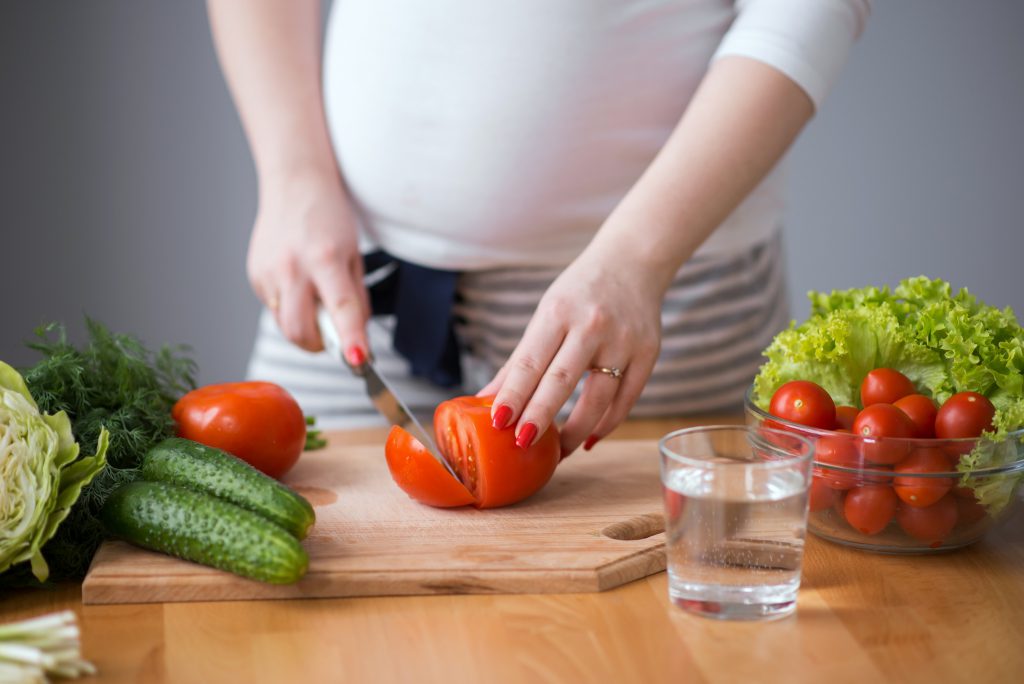Note: The Pregistry website includes expert reports on more than 2000 medications, 300 diseases, and 150 common exposures during pregnancy and lactation. For the topic Coronavirus (COVID-19), go here. These expert reports are free of charge and can be saved and shared.
______________________________________________________________________________
As we begin to come out of hibernation, many of us are—for now at least—beginning to breathe a little easier about life during the pandemic. We have a sense of what we should and should not be doing to ease coronavirus transmission, and several things that were seemingly a concern, such as food safety, have been addressed to the point that we’re comfortable leaving home again.
Life, however, is far from normal. And when you’re pregnant and/or have an infant or young child, the challenges of living differently seem to be multiplied. There are new ways of doing everything: doctor appointments, labor and delivery procedures, and enlisting caregivers (or even a friend to give you a break!) are just a few things that we’ve had to think more carefully about. Many of these issues have been addressed in the blogs you’ve read on these pages. This time we’ll ponder something that’s front and center in every parent’s mind: keeping your little one’s nutritional status solid.
It’s a great time to put into practice regular mealtimes, where family members sit down together. Kids who are old enough can help with the cooking and might even be interested in a small garden to grow a couple of edibles! You can turn your time at home into a “teachable moment” where food and nutrition are concerned.
The Problems
Naturally, providing food for all of use has been considered an essential service in these times. That doesn’t mean it’s a slam-dunk, however, to get whatever we want. First off, shortages still do happen, and not just in the paper products aisle. My local chain market has been fairly well stocked, but at one time or another, it has been low on meat, eggs, pasta, and (recently) flour.
Even as all those staples return, other challenges abound. Families newly out of work may have budgetary concerns when they shop. Some may be concerned about taking an infant or small child to a market, particularly since masks are not recommended in those age groups (under 2 years of age). School and day-care lunches aren’t as automatic as they were in the past, and some farmer’s markets are closed. Finally, with everyone working and schooling at home, meal planning and preparation may be more difficult.
…and, the Good Things
As we’ve seen, COVID-19 has presented many challenges as far as kid nutrition goes. But there are several advantages as well. Whether you’re working or not, breastfeeding may be easier to accomplish at home. If you have an older infant, it may be easier to make your own food for her; that way, you know exactly what’s in it and may even save a little money while you’re at it.
If your child is older still, think of the possibilities. It’s a great time to put into practice regular mealtimes, where family members sit down together. Kids who are old enough can help with the cooking and might even be interested in a small garden to grow a couple of edibles! You can turn your time at home into a “teachable moment” where food and nutrition are concerned.

What You Can Do
However you are affected by the COVID-19 pandemic, there is a lot that you can do where good infant and child nutrition is concerned:
- Plan for an extra meal when you shop, in case one or more ingredients for your meals aren’t available. Also, realize that one section—in my experience, anyway—that doesn’t seem to have any holes: the produce section! Take this opportunity to learn and appreciate the variety of good-for-you stuff that’s there.
- Cook and freeze. That could mean less trips to the store, and you’ll save money to boot.
- If the crisis is causing financial challenges and you are pregnant or have an infant or young child, see if you qualify for the Women, Infants and Children (WIC) program, which provides free or low-cost food.
- Check the resources at your young one’s daycare or school. If they’re not running, they may still be providing nutritious meals. If they are in session, make sure they have policies in place to control the spread of infection.
- Although it’s unlikely that COVID-19 is transmitted through food, now is a great time to reinforce good handwashing as well as proper washing of anything used to prepare meals. Don’t forget surfaces like countertops and tables! It’s also a good time to warn against sharing food and utensils directly: what is on the plate when served belongs to that eater.
At this writing, we can only guess what direction the COVID-19 crisis will take. We do know, however, that good nutrition is a building block for good health. Most of us are still holed up a little more than we used to be. Make the most of that time by instilling good habits in our hibernating youngest. If they learn to eat well now, those lessons will pay off when we’re again out and about!

